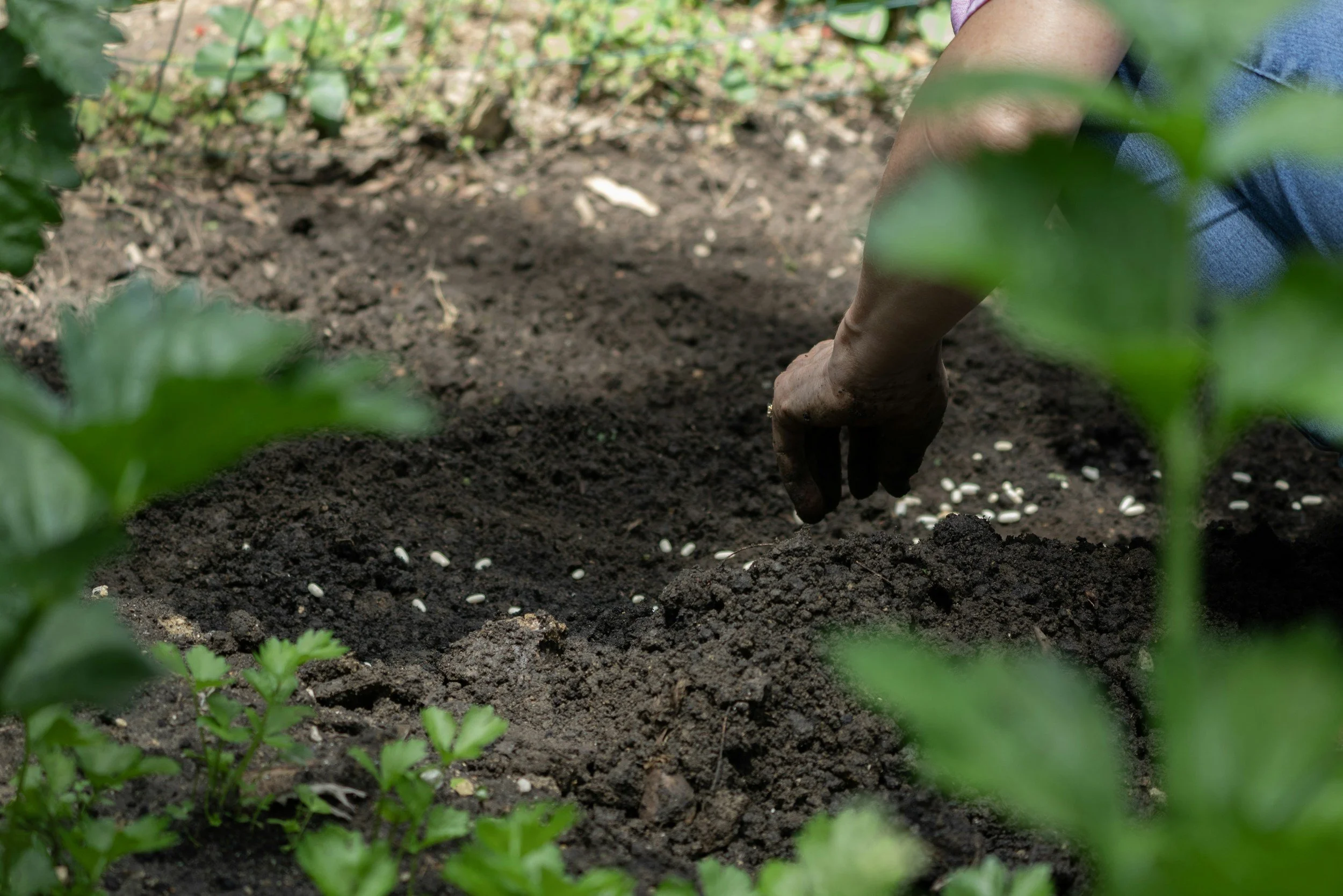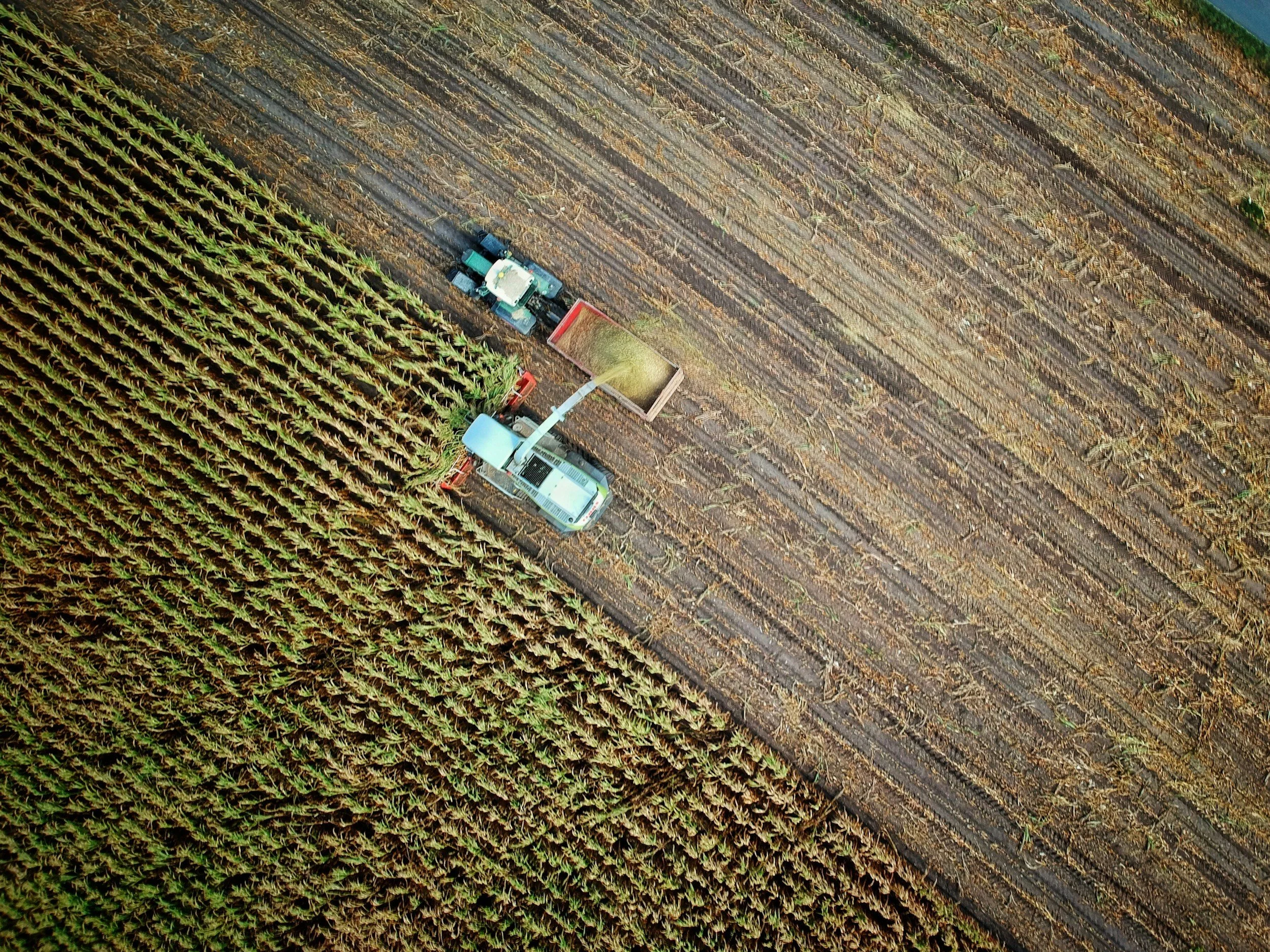Eco-Friendly Cities of the Future
/Guest Post by Powertools2U
Pneumatic waste systems, pollution sensors, robots, drones, and self-driving cars…it’s what we expect for the far future. But these features could be coming to a town near you. In 2050 the world population is estimated to be 9.7 billion; currently, it stands at 7.53 billion. To tackle this overpopulation crisis, new cities and towns are being built across the world. With cool tech and eco-friendliness high on the agenda, we look at these futuristic cities that are not far from the present:
1) New Clark City - Most Disaster Resilient City
Location: Capas, Tarlac, Philippines
Start Date: December 2016
Completion Date: December 2050
Developer: BCDA Group
Key Features: Disaster-Proof, Green-Friendly
Population: 1.12 Million Residents and 800 thousand workers
Area Total: 94.50 km2
Cost: $14 Billion
Minimum Elevation:184 feet Above Sea Level
Green Spaces: Two-Thirds of the City will be Green Areas, Farmlands, and Parks
Green Tech: Buildings will be equipped with technology that will reduce energy and water consumption
New Philippines City Could Save $101.09 Billion In Damages
We have to say, one of the coolest parts of this new city is its ability to overcome threats from Mother Nature. The Philippines is renowned for its earthquakes: this past year the country has experienced 157 of them (Data accurate as of 14th August 2018). What doesn’t help the country’s situation is the capital being on a major fault line. This makes Manila the world’s 4th most at risk of disasters. On the other hand, the location of New Clark City could be the country’s saving grace as it will not be near any fault lines, mountains will surround it, and it will be highly elevated, and thus protected from floods and typhoons. Because of this, the new city could save the Philippines $101.09 billion in damages.
Fighting Natural Disasters – Make Lava Not War
The city plans to overcome natural disasters with a disaster-produced material – Lahar. This unique locally sourced material is a type of mudflow formed by volcanoes. Using Lahar and concrete makes even the creation of this new city eco-friendly. It lessens the need for concrete, which requires a lot of source materials for its production.
Manila: Third Worst Traffic in Southeast Asia
The capital of Philippines, Manila, is well known for its traffic jams; it’s one of the reasons why the city has an alarming air-pollution problem that affects 98% of the residents. To tackle this growing problem, the Philippines wants to build a city that doesn’t rely on cars. That’s where New Clark City comes in. This futuristic city will be largely pedestrianised with effective public transportation, cutting down the need for cars.
2) Jing-Jin-Ji - Largest City of the Near Future
Location: China
Area Size: 200,000 km2
Population: Around 100 Million – larger than a third of the United States
Start Date: 2013
Completion Date: 2050
Key Features: Economic Powerhouse, Megacity
Cost: $36 Billion
New Transport Routes: By 2050, 24 intercity railways are planned for completion.
Beijing is well known as China’s capital. But what lies in Beijing’s shadows? Tianjin and Hebei surround the areas of Beijing, but not as much are known about these provinces. Soon, this is about to change: the provinces are about to become a bigger part of the capital’s future. A mega project, which started in 2013, aims to create an economic powerhouse by linking the three regions together. The government wishes to develop roads and railways to provide citizens with a one-hour commute circle around the entire area. This will allow for multiple cities to function as one, meaning better administration, development and economy.
One significant route that will be immensely cut down is Beijing to Tianjin’s Binhai New Area (105 miles). This new commute will link the capital of China to not only one of the busiest ports in the world, but also China’s most important economic development area. A similar route in the U.K – London to Felixstowe (92.6 miles) -- would take two and a half hours by train. One route in Jing Jin Ji (Beijing to Tianjin) will be cut down from three hours to just 37 minutes.
Size of 10 Wales
Creating a megacity the same size as Scotland and England stuck together will hopefully improve Beijing’s congestion by redistributing industries and talent. In doing so, Beijing intends to limit its population to 23 million by 2020.
3) Quayside, Toronto - The Techiest City
Location: Sidewalk of Toronto
Start Date: TBA
Cost: $1.02 Billion
Area: 12 acres
Key Features: Weather Tech, Robots
Green Qualities: Half of the city’s roofs will be solar panels
10% Of Power Will be Quayside-Made
Google’s sister company, Sidewalk Labs, plans to transform Toronto’s Quayside into a futuristic mini city. Toronto’s lack of affordable housing, which is an ongoing problem for people in Toronto, should be conquered with this new vision. Sidewalk Labs intends to use new construction methods to create buildings that are quicker, more eco-friendly, and cheaper to build. The community also plans to be self-sufficient, generating 10% of its own power. Half of the roof space will be covered in solar panels, fuelling the technology and electric cars in the city.
Robots Controlling the Underground
One of the more unique and ambitious parts of this neighbourhood is the use of new technology. The city will employ weather tech to heat pathways for snow conditions as well as use retractable canopies for other climates. High tech won’t just stop at the surface; exciting mechanics will run underneath the town too. Robots will serve underground corridors, carrying utilities and waste.
The City That Watches While You Sleep
However, the smart city has amassed huge privacy concerns. With all the sensors and algorithms planned for the city, critics fear the mounting data that will be collected. Even if there are excellent privacy policies, these can always be changed - for better or worse.
4) Sino-Singapore Tianjin - The Greenest City
Start Date: 28 September 2008
Completion Date: 2020
Area: 30 km2
Population: 350,000
Cost: $6.5 Billion
Jobs: At least 50% of the residents will have jobs within the city
Key Features: Green-Friendly, Green-Spaces, Pneumatic Waste Tunnels
From Toxic Waste to Eco Creation
What was once a dumping ground for toxic waste is soon to become the world’s largest eco-city. Sino-Singapore Tianjin Eco-city, located in China, is purposely being built on wasteland according to the head of the city’s development and investment. Ho Tong Yen said, "In the past, so-called ecocities have been built in ecologically important areas or on useful arable land. We wanted to show that it's possible to clean up a polluted area and make it useful and liveable."
No More Bin Men
Renewable energy will account for at least 20 per cent of the energy used here, including solar, wind and geothermal energy – the latter of which is the use of the earth’s core temperature. There is a focus on eliminating the need for cars too, so nearly all of the traffic in the area will be public transport, with pathways making it easy to cycle or walk. There will also be pneumatic waste collection tunnels that will remove the need for rubbish trucks and the bin men.
One thing that makes this city different is its green spaces throughout the city and reed beds in lakes. Its main emphasis is on liveability for humans and animals - which Ho Tong Yen says has been ignored in the past.
5) Pena Station Next - The City with The Smartest Roads
Location: Denver, Colorado
Area Size: 1.6 km2
Start Date: 2016
Completion Date: 2026
Cost: $500 million
Key Features: Health Tech, Smart Roads
After Panasonic’s success with their smart city project in Fujisawa, Japan, they’re now setting their sights on Colorado. However, according to the president of Panasonic Enterprise Solutions, Jim Doyle, they won’t be building a copycat town of Fujisawa. Panasonic is looking to create a town that is unique to Denver. The developers are aware there are massive cultural differences, and what works in Japan may not work in the U.S. One thing they will take from Fujisawa, though, is a wellness centre. These facilities will encourage inhabitants to live a healthier life. Panasonic wants to use smart scales and smart blood pressure monitors, so if you can’t make it to the doctor’s office they can remotely check on you.
Will Road Accidents Be a Thing of the Past?
Another great use of technology in this futuristic city is their system, called Road X. This amazing tech will allow vehicles and the town’s roads to communicate, meaning fewer accidents and less traffic. The system can suggest to drivers the best route to take based on real-time traffic.
Self-Sufficient Buildings
Clean energy and sustainability are on the cards too. With Colorado’s sun working to its advantage, there will be an abundance of rooftop solar panels, as well as the city’s own microgrid, which will store excess solar energy for backup. Panasonic, which is looking to move its headquarters to the new town, plans on forming a 112,000-square-foot building. The headquarters will be decked out in solar panels – providing power for more than 300 employees. The building will be a four-minute walk from the train station, cutting down on the need for cars. This, Doyle says, is a key part of the whole town - “We really, really want this to be a true transit-oriented development. And if everyone is getting in a car and driving, that’s a huge failure.”
Like this? Please pin!














































